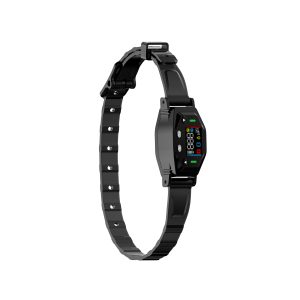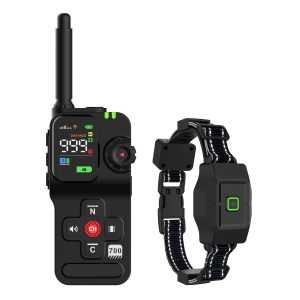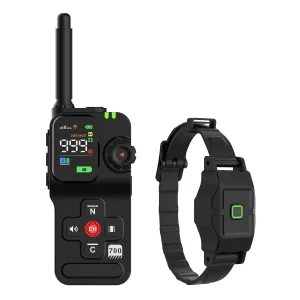The Art of Long Range Bark Control
Does your furry friend have a habit of serenading the neighborhood with their melodious barks? While barking is a natural behavior for dogs, excessive vocalization can be a nuisance, both for you and your neighbors. Fortunately, advancements in technology have brought us long range bark control devices that can help train your pup to keep it down.
Long range bark control devices come in various forms, from ultrasonic to spray collars. These devices emit signals or sprays in response to your dog’s barking, deterring them from continuing their vocal outbursts. While some may argue that these methods are controversial, they can be effective when used responsibly.
When choosing a long range bark control device, it’s crucial to consider your dog’s size, temperament, and the environment in which they bark the most. Different breeds respond differently to various forms of bark control, so it’s essential to do your research and consult with a professional trainer if needed.
Training is a key component of using long range bark control devices. Consistency and positive reinforcement are crucial in teaching your dog that excessive barking is unacceptable. Remember, patience is key, and results may not be immediate. However, with time and dedication, you can help your pup understand when it’s appropriate to bark and when it’s time to remain silent.
Choosing the Right Long Range Bark Control Device
When it comes to selecting a long range bark control device, the options can be overwhelming. From static correction collars to citronella sprays, each method has its pros and cons. Consider your dog’s comfort, sensitivity, and responsiveness before making a decision.
Ultrasonic bark control devices emit high-frequency sounds that are inaudible to humans but annoying to dogs. These devices are non-invasive and can be effective for many pups. On the other hand, citronella spray collars release a burst of citrus-scented spray whenever your dog barks excessively, creating a negative association with barking.
Ultimately, the key to successful long range bark control is understanding your dog’s needs and motivations. Training should always be coupled with love, patience, and compassion. By working together, you and your four-legged friend can find a harmonious balance that keeps their vocalizations in check while maintaining a healthy and happy relationship.
Conclusion
Long range bark control devices are valuable tools in training your dog to bark less frequently. However, they should never be used as a substitute for proper training, exercise, and socialization. Remember, a well-behaved pup is a happy pup!




